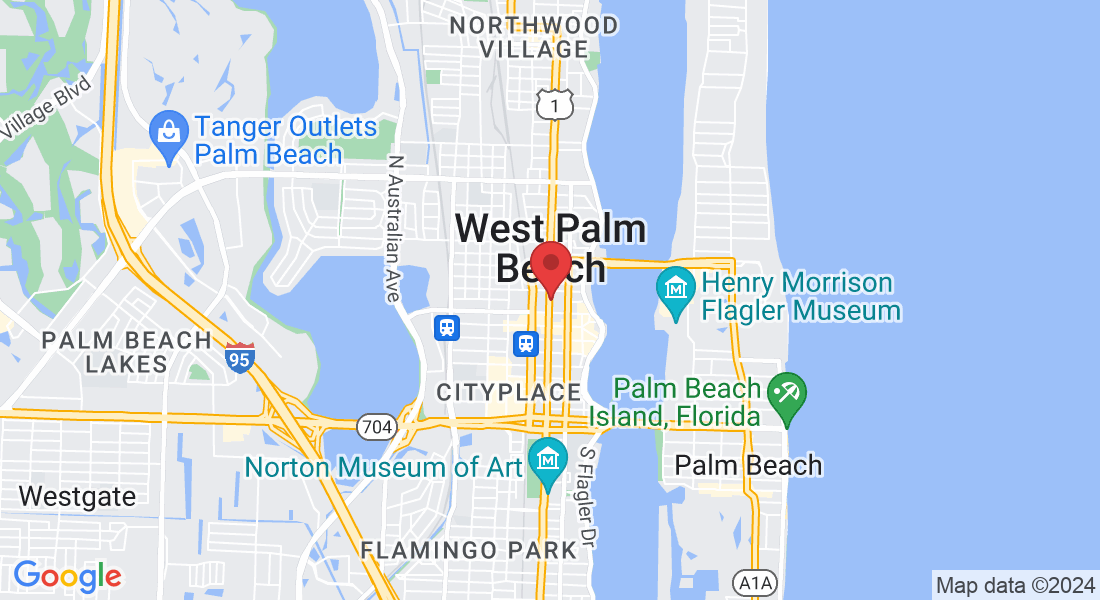BLOG
RECENT UPDATES

Identifying Water Contaminants: What You Need to Know
When it comes to clean drinking water, understanding what contaminants may be present is essential. Water contaminants can come from various sources and have different impacts on health and safety. This article will provide practical information about identifying these contaminants and how to ensure your water is safe for consumption.
Water contaminants can include biological elements like bacteria, viruses, and parasites.
Non-biological contaminants often involve chemicals, metals, and sediments.
Testing your water is crucial to identify specific contaminants.
Water filtration systems can help remove many of these contaminants.
What Are Water Contaminants?
Water contaminants are substances that pollute water, making it unsafe for drinking, cooking, or other uses. These contaminants can be biological or non-biological.
Biological Contaminants
Biological contaminants include bacteria, viruses, and parasites that can cause diseases. Common examples are E. coli, Giardia, and Cryptosporidium. These microorganisms can enter water supplies through human and animal waste.
Non-Biological Contaminants
Chemical: Pesticides, herbicides, and industrial chemicals can contaminate water through agricultural runoff or industrial discharge.
Heavy Metals: Lead, mercury, and arsenic are common heavy metal contaminants. These can leach into water supplies from natural deposits or industrial activities.
Sediments and Particulates: Soil particles and organic matter can enter water through erosion or runoff.
Sources of Water Contaminants
Contaminants can enter water supplies from various sources, including:
Agricultural Runoff: Pesticides and fertilizers used in farming can wash into nearby water bodies.
Industrial Discharges: Factories and plants can release chemicals and heavy metals into water supplies.
Natural Sources: Some contaminants like arsenic are naturally found in soil and can leach into groundwater.
Sewage and Wastewater: Improperly treated sewage can introduce biological contaminants into water bodies.
The Importance of Water Testing
Testing your water is the most reliable way to identify specific contaminants. Water tests can detect a wide range of pollutants, providing a clear picture of what's in your water.
Types of Water Tests
Chemical Tests: These tests detect chemical pollutants, including pesticides and heavy metals.
Biological Tests: These tests identify harmful microorganisms.
Physical Tests: These tests measure sediment and particulates.
How to Test Your Water
Contact a professional water testing service or use a home testing kit. Professional services offer more accurate and comprehensive results, while home kits provide a quick and easy way to check for common contaminants.
Common Water Filtration Methods
Different types of water filtration systems target various contaminants. Here are some common methods:
Activated Carbon Filters
These filters remove organic compounds, chlorine, and sediment. They are effective for improving the taste and odor of water.
Reverse Osmosis
Reverse osmosis systems use a semi-permeable membrane to remove a broad range of contaminants, including heavy metals, chemicals, and microorganisms.
UV Water Purifiers
These systems use ultraviolet light to kill bacteria, viruses, and other pathogens. They are especially effective for treating biological contaminants.
Ion Exchange Systems
These systems remove minerals that cause water hardness, such as calcium and magnesium. They also reduce heavy metals like lead and mercury.
Choosing the Right Water Filtration System
Selecting the appropriate system depends on the contaminants present in your water. Here's how to decide:
Identify Contaminants: Use water testing results to determine specific contaminants.
Consider Your Needs: Think about the volume of water you use and your household's health needs.
Evaluate Filtration Efficiency: Look for systems certified to remove the identified contaminants.
Maintenance: Consider the maintenance requirements and costs of the system.
Real-Life Experience: Case Study of Contaminated Water
The Flint Water Crisis
One of the most well-known cases of water contamination is the Flint water crisis. In 2014, Flint, Michigan, switched its water supply to the Flint River without proper corrosion control. This led to lead leaching from old pipes into the drinking water, causing widespread health issues. The crisis highlighted the importance of proper water treatment and monitoring.
Common Water Contaminants and Their Sources
ContaminantSourceHealth ImpactLeadCorroded pipesDevelopmental issues in childrenArsenicNatural deposits, industrial dischargeSkin lesions, cancerE. coliHuman and animal wasteGastrointestinal illnessPesticidesAgricultural runoffHormonal disruption, cancerMercuryIndustrial dischargeNeurological damage
Water Filtration Methods and Targeted Contaminants
Filtration MethodTargeted ContaminantsProsConsActivated CarbonOrganic compounds, chlorineImproves taste, odorLimited heavy metal removalReverse OsmosisHeavy metals, chemicals, pathogensComprehensive contaminant removalHigh water waste ratioUV PurificationBacteria, viruses, parasitesEffective for biological contaminantsNo chemical removalIon ExchangeHardness minerals, heavy metalsReduces water hardnessRequires regular maintenance
Steps to Ensure Safe Drinking Water
Test Your Water: Regularly test your water to identify contaminants.
Install a Filtration System: Choose a system that targets the specific contaminants in your water.
Maintain Your System: Follow the manufacturer's guidelines for maintenance and filter replacement.
Stay Informed: Keep up-to-date with local water quality reports and advisories.
Benefits of Clean Drinking Water
Improved taste and smell of water
Reduced risk of waterborne diseases
Better health and wellbeing
Protection of household appliances from scale buildup
Enhanced overall quality of life
Final Thoughts on Water Contaminants
Understanding and identifying water contaminants is crucial for ensuring the safety and quality of your drinking water. Testing your water and choosing the right filtration system can protect your health and provide peace of mind. Remember, clean water is essential for a healthy life.
Contaminants can be biological (like bacteria) or non-biological (like chemicals).
Sources include agricultural runoff, industrial discharge, natural sources, and sewage.
Regular water testing is vital to identify and address contaminants.
Various filtration systems target different contaminants.
Maintain your filtration system for optimal performance.
By staying informed and proactive, you can ensure that your water is clean, safe, and beneficial for your health. For more information on water filtration systems and services, visit Simple Water Service here.
Contact Us
Address: 2755 Vista Parkway Unit i5
WEST PALM BEACH, FL
33411
Email: simplewaterinc@gmail.com
Phone: (561)-309-6270
Time: Mon–Fri: 8AM–6PM | Sat: 9–5 | Sun: Closed
Follow us
Get a Quote
By clicking SUBMIT you consent to receiving SMS messages.
Messages and Data rates may apply. Message frequency will vary
Reply Help to get more assistance
Reply Stop to Opt-out of messaging
©2023 Simple Water Service. Do not copy. All rights reserved.

